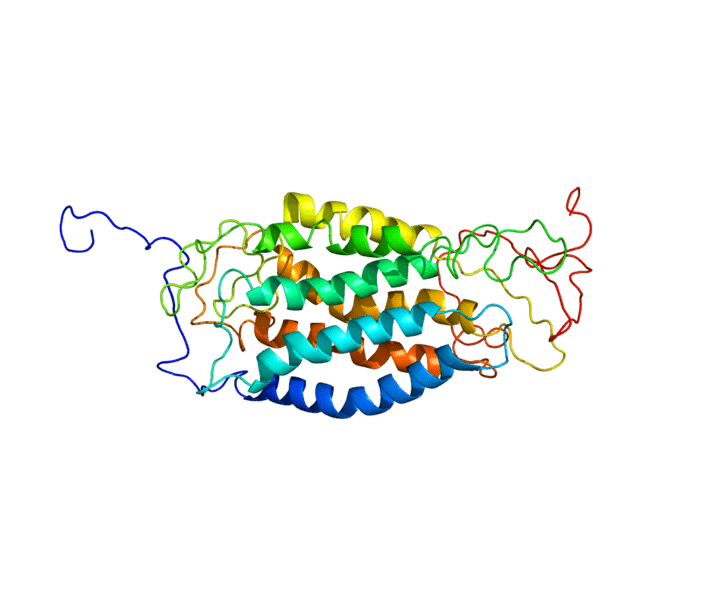As much as we here at ZME Science love promoting science, we really hate it when the media misinterprets research and spreads false information. This time, everybody seems to be picking up the idea that 16% of the Finnish population is genetically HIV resistant. Here, we’re gonna discuss that study and why this isn’t really true.

C-C chemokine receptor type 5, also known as CCR5 is a protein on the surface of white blood cells that is involved in the immune system as it acts as a receptor for chemokines (proteins which the body uses as signals). Many forms of HIV, the virus that causes AIDS, initially use CCR5 to enter and infect host cells; however, some individuals carry a mutation known as CCR5-Δ32 in the CCR5 gene, which protects them from HIV infections.
In a research conducted by researchers from the Université Libre de Bruxelles, the presence of this protecting mutation was analyzed in 18 European populations. A North to South gradient was found, with the highest allele frequencies in Finnish populations (16%), and the lowest in Sardinia, Italy (4%). Basically what this is saying as that people from the northernmost countries of Europe have the highest occurrence of the mutation, and people from the southern countries have the lowest. Here’s where most websites and newspapers stopped reading and published sensationalist articles, claiming that the Finnish are 16% resistant to AIDS.
But the thing is, the Finnish population has at least ONE allele. So about 2.5% (16% of 16%) have two mutant alleles – and only those who carry two alleles are resistant to HIV (or at least resistant to most strains). Those who carry just one are not truly resistant to it – they may show a delay in the onset of AIDS or a resistance to very few strains, but they are still likely to get it.
All in all, a better interpretation would be not that “Some Finnish are HIV resistant”, but that “HIV is bad at infecting some Finnish” – it’s a subtle difference, but it’s very significant.
But wait, there’s more. CCR5 is not the only way HIV can enter T-cells. We actually have a drug for this, called maraviroc, but this drug typically becomes useless in long-term HIV infections as the virus starts using CXCR4 to enter T-cells.
Furthermore, the paper in case was published all the way back in 1998 – nothing really wrong with giving attention to old studies, but this isn’t really breaking news. Unfortunately, since then, there haven’t really been other studies to build on this, just the same type of analysis conducted on more countries.
Scientific Reference: The deltaccr5 mutation conferring protection against HIV-1 in Caucasian populations has a single and recent origin in Northeastern Europe. Libert F, Cochaux P, Beckman G, Samson M, Aksenova M, Cao A, Czeizel A, Claustres M, de la Rúa C, Ferrari M, Ferrec C, Glover G, Grinde B, Güran S, Kucinskas V, Lavinha J, Mercier B, Ogur G, Peltonen L, Rosatelli C, Schwartz M, Spitsyn V, Timar L, Beckman L, Parmentier M, Vassart G. IRIBHN and Service de Génétique Médicale, Université Libre de Bruxelles, Campus Erasme, B-1070 Brussels, Belgium.






